-The secret is the water-Beyond Expo 2025 Tochigi‘s Water-Blessed Vistas
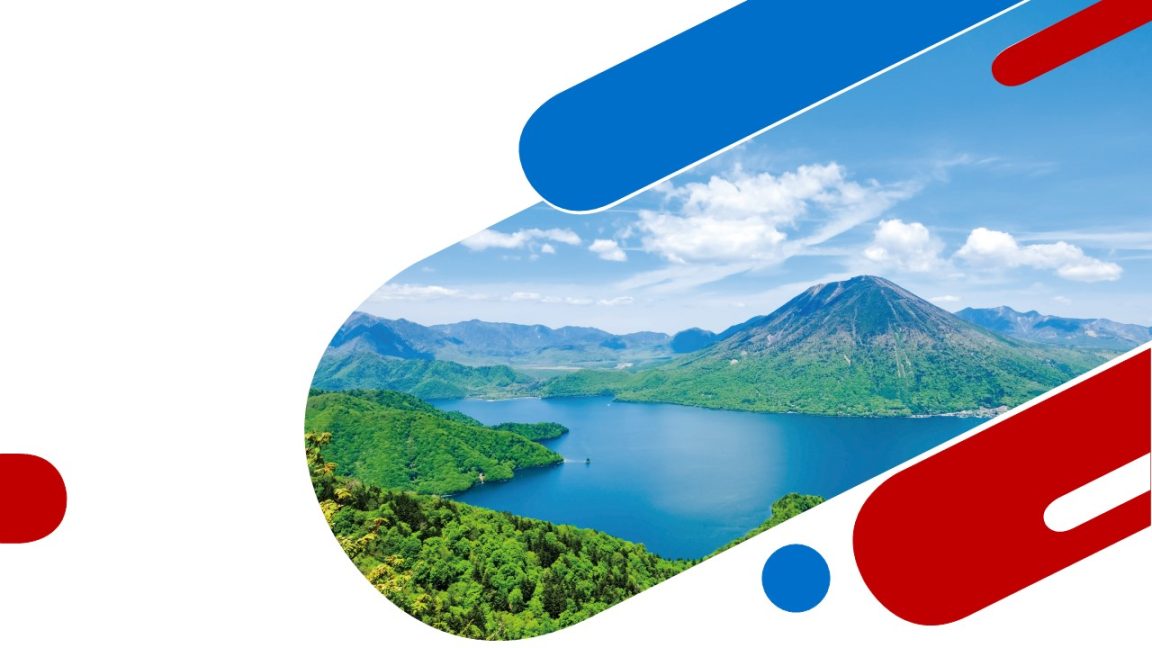
We use cookies on this site to enhance your user experience. If you continue to browse, you accept the use of cookies on our site. See our cookis policy for more information.
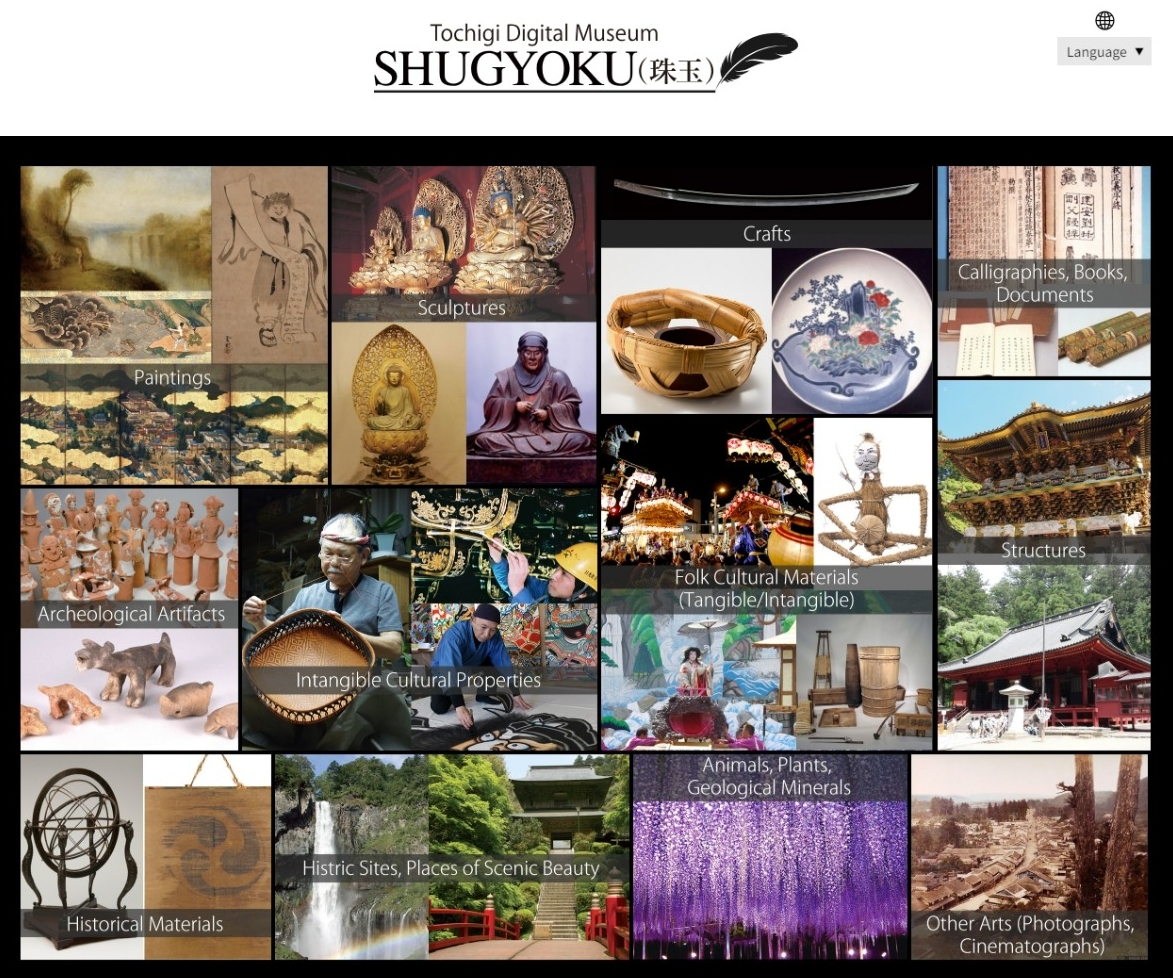
Have you ever heard the term “Cultural Tourism?” This is one theme in tourism that has been attracting attention in recent years. In a nutshell, it is “tourism with the aim of deepening one’s understanding of culture.”
When they hear this, people often ask, “How is cultural tourism different from regular sightseeing?” or, “Is it like a school trip?” As they suggest, it is entirely natural for us to experience the culture of the places that we visit. As such, it is a very broad concept that can be applied to any type of travel.
When you visit Nikko Toshogu Shrine, for example, you will no doubt be overwhelmed by the gorgeous buildings, but may be unaware of the background of its construction, its place in Japanese history, the significance of the numerous buildings and sculptures, or its connection to the adjacent Futarasan Shrine and Rinnoji Temple. In fact, there is a growing demand worldwide for such deeper cultural experiences.
Therefore, the prefecture is developing various measures to provide detailed and easy-to-understand explanations and a broad source of knowledge, including related cultural resources, to assist travelers who aim to deepen their understanding of Japanese culture. These measures will largely be conducted through the “Tochigi Digital Museum SHUGYOKU,” alongside a project to increase the attractiveness of the Tochigi Prefectural Museum as a facility to serve as a base for cultural tourism.
In addition, Tochigi Prefecture is working with private operators to create and sell specific products to help visitors enjoy cultural tourism, such as the special Nikko Suginami Ticket, and cycle tourism products.
Tochigi Prefecture has flourished since ancient times as an important transportation hub for both people and goods, and has nurtured a valuable and diverse culture along with rich natural blessings. The most prominent example of this are the shrines and temples of Nikko, a World Heritage Site which includes Nikko Toshogu Shrine, and are well-known both in Japan and abroad. These are also some of the most popular sightseeing spots in Japan, attracting numerous visitors from all over the world.
The Tochigi Digital Museum “SHUGYOKU” is a collection of selected gems from the “Tochigi Culture and Arts Digital Archive,” which preserves cultural and natural resources representing the various regions and cultural aspects of Tochigi Prefecture in digital data through easy-to-understand explanations and high-resolution images.
Let us use SHUGYOKU to explain the charms of the Shrines and Temples of Nikko, a World Heritage Site. First, please click on the link below to listen to an audio guide by voice actor Hikaru Midorikawa.
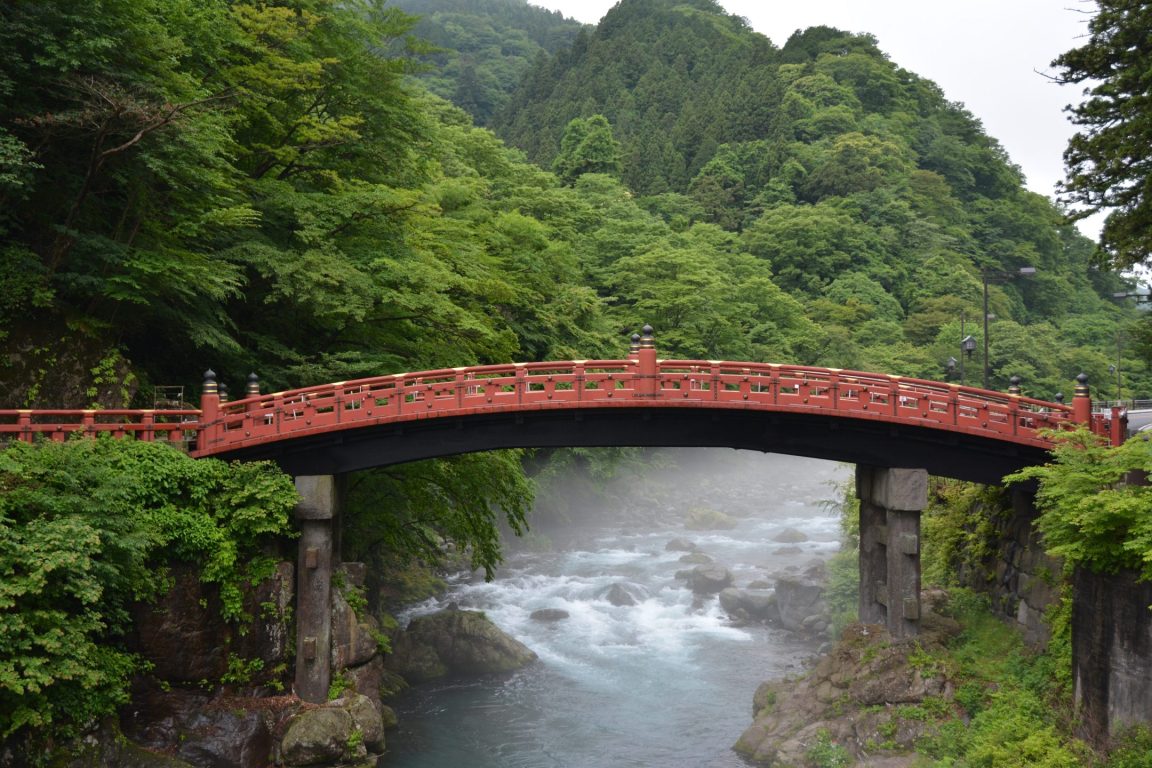
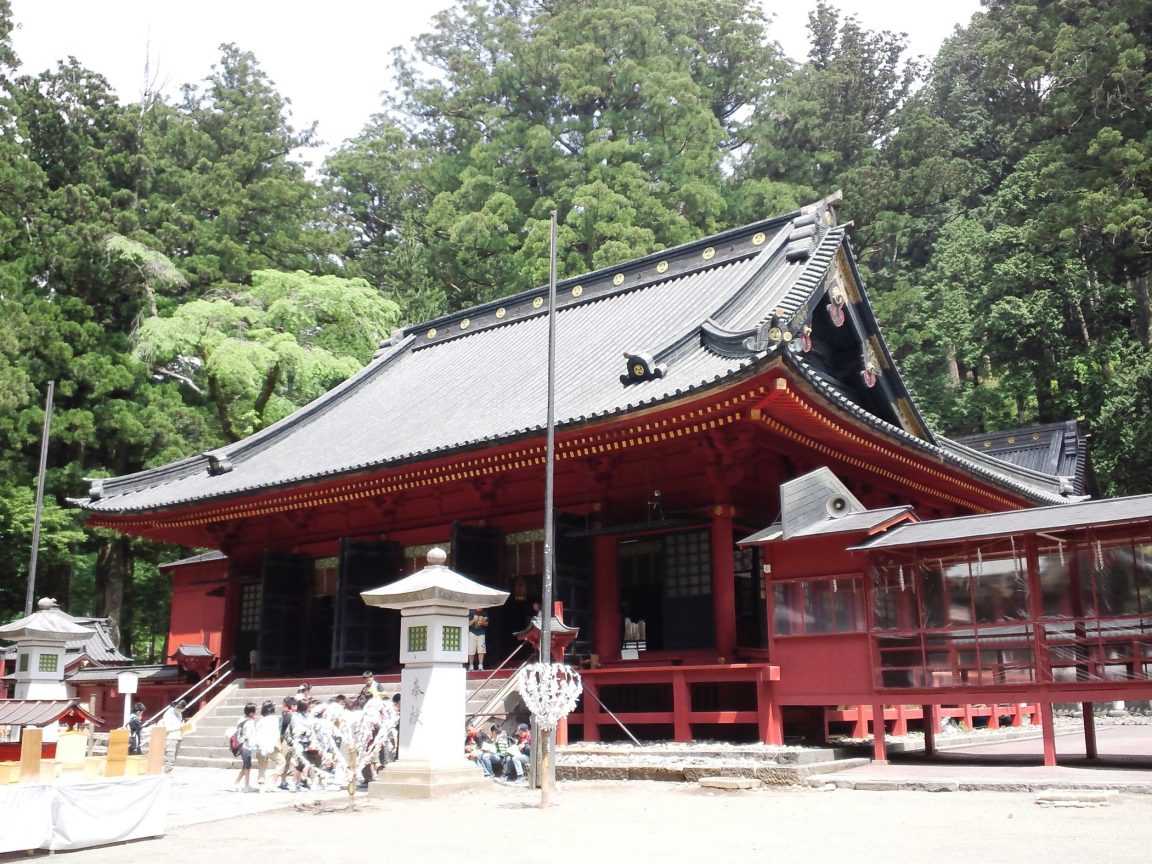
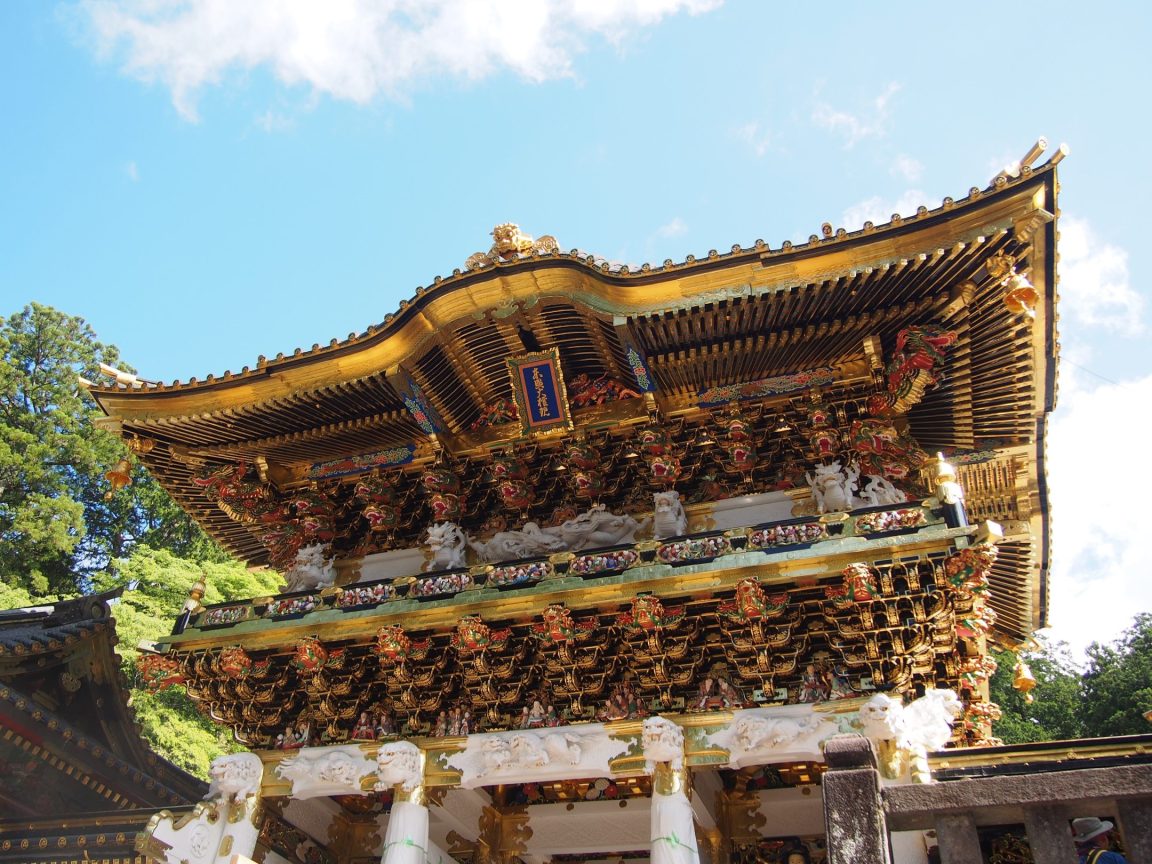
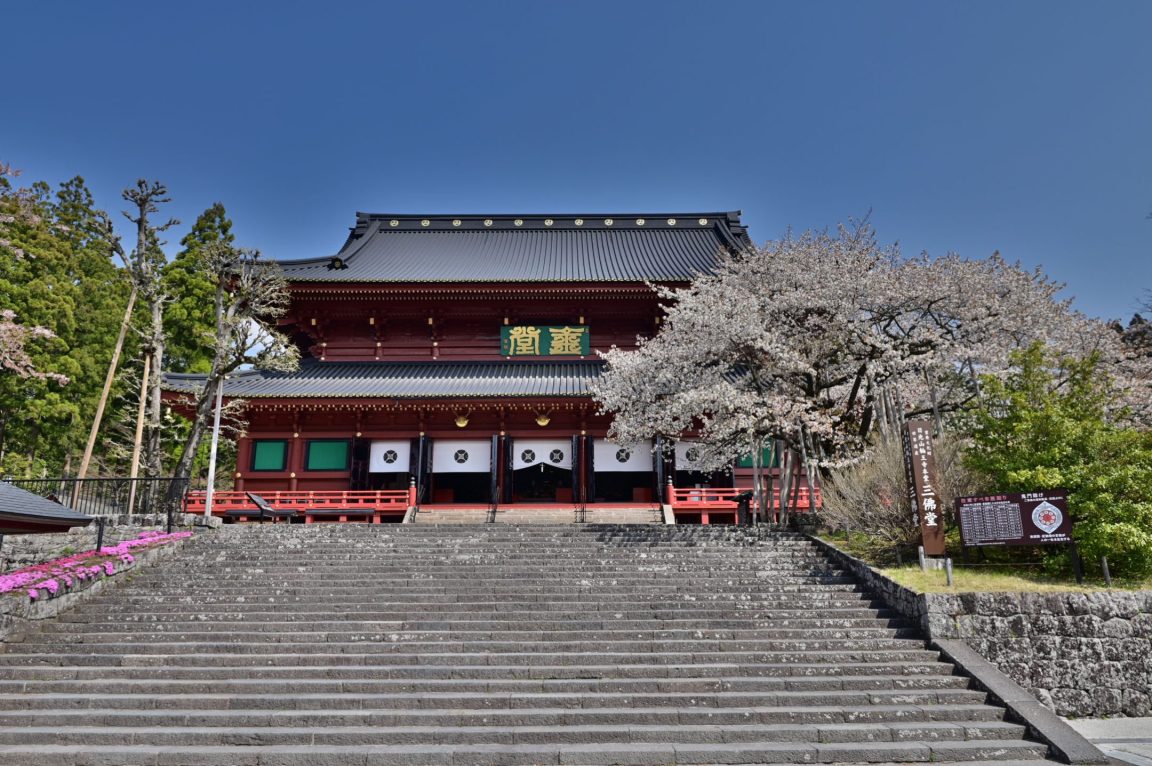
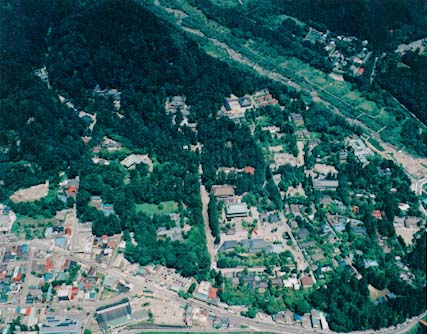
How was the tour? You are sure to have become aware of the extremely important historical value of these gleaming buildings, as well as their land divisions, their harmony with the natural landscape, and their transmission of Japan’s traditional religious view of Shinbutsu Shugo (the amalgamation of Shintoism and Buddhism) to the present day.
Even if you come to Nikko to see Toshogu Shrine, we encourage you to visit Futarasan Shrine and Rinnoji Temple as well to experience the charm of Mt. Nikko in its entirety.
Each of the Shrines and Temples of Nikko possess a large number of valuable artifacts, which are on display to the public in facilities such as the Nikko Toshogu Museum. However, many of these are difficult to display to the public for religious reasons, or to protect the artifacts, so they are not always available for viewing. Treasures such as the Tachi Sword signed “Sukezane” (National Treasure), famous as the favorite sword of Tokugawa Ieyasu, the Iron Shakujo (Staff) (Important Cultural Property) which is said to have been used by the monk Shodo Shonin, and the Nenekirimarutachi (Important Cultural Property), a legendary monster-slaying sword are just a few items in Tochigi Prefecture’s fascinating collection of artifacts which are extremely valuable both historically and artistically. SHUGYOKU is the only place in the world where visitors can freely appreciate these precious cultural resources through high-resolution images.

You can also appreciate a wide variety of other cultural resources, including national treasures, important cultural properties, and world-famous paintings that Tochigi Prefecture is proud to have in its possession. We hope that you will make use of this site when deciding on your travel destination, when you want to learn more about the cultural resources you saw during your trip, and when you think back on your visit to Tochigi and share with your friends after returning home.
Located in the center of Utsunomiya City, the prefectural capital, the Tochigi Prefectural Museum is the only comprehensive museum in the prefecture that presents the nature and culture of Tochigi in an integrated manner. The museum boasts a collection of over 750,000 humanities and nature-related items. The museum, along with the neighboring Tochigi Central Park, a Japanese-Western-style stroll garden which is designed around the theme of “water, greenery, and culture” is a popular place for the citizens of Tochigi Prefecture to relax.
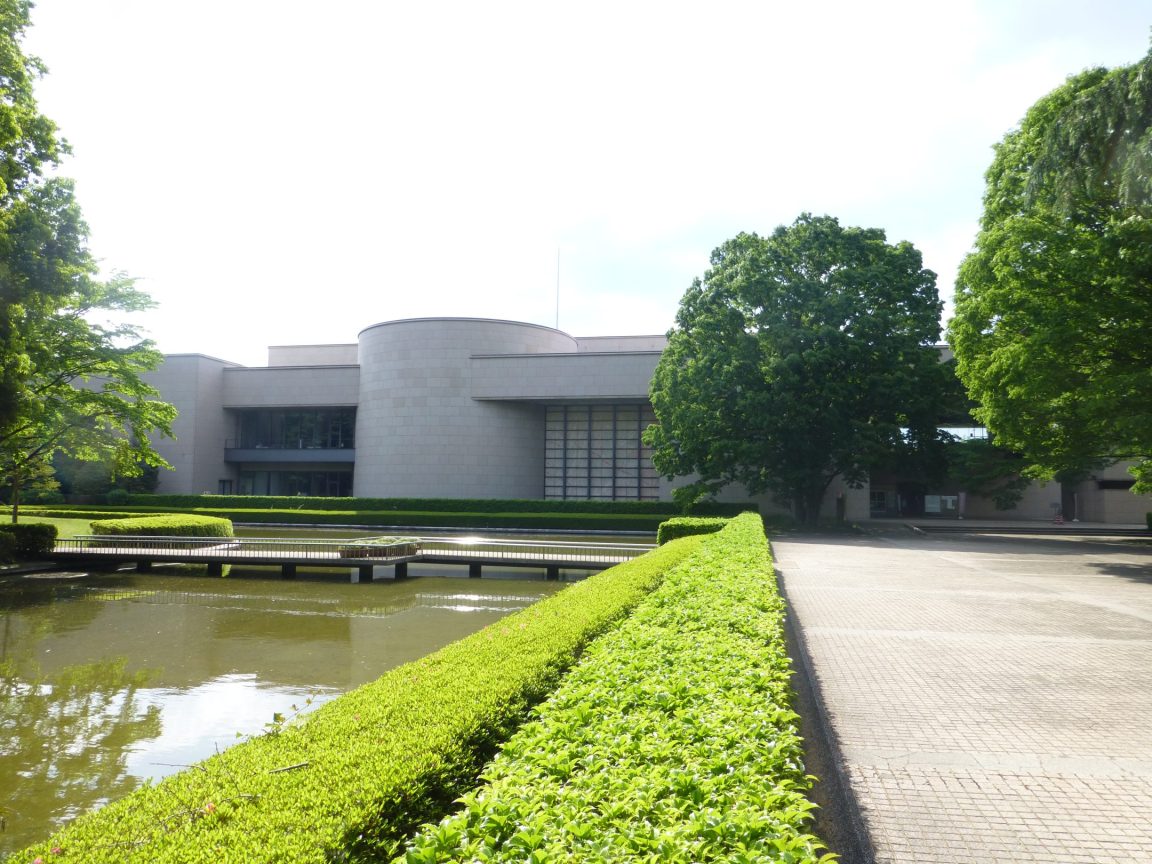
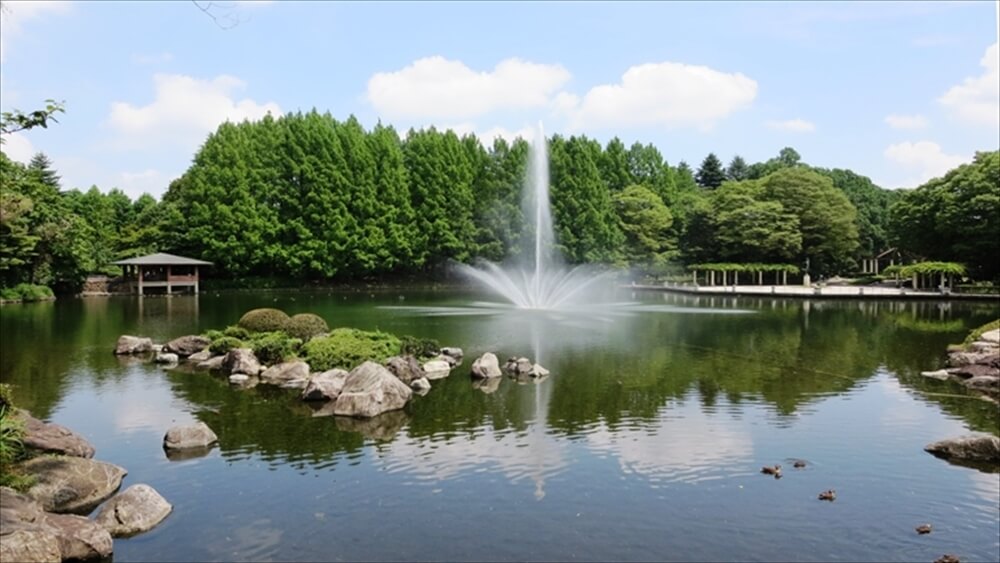
Nikko, the most famous sightseeing destination in Tochigi Prefecture, is home to the Nikko National Park and the World Heritage Shrines and Temples of Nikko. Known as a sacred land, natural treasure house, and international sightseeing city, it is an area featuring multiple dimensions. Nikko Toshogu Shrine has connections to other cultural assets across the region such as Bussho-ji Temple (Mooka City), Utsunomiya Castle Ruins (Utsunomiya City), the Kanuma Buttsuke Autumn Festival and the Hokkoji Gohanshiki ceremony (both in Kanuma City), which are all located outside of Nikko. Therefore, a visit to Nikko Toshogu Shrine alone is not sufficient to gain a deep understanding of its value. The Tochigi Prefectural Museum is the only facility with a variety of exhibits, collections, and specialists that can comprehensively and extensively explain the attractions of Nikko. A visit to the museum before or after your visit to Nikko will help to further deepen your understanding of the region’s history, culture, and nature.
Here we explain the allure of Tochigi Prefectural Museum’s exhibits, new exhibits which make use of digital technology, and new content currently being developed.



Audio guide delivered by Toshio Furukawa, and Hikaru Midorikawa, and Fumie Mizusawa, well-known voice actors from Tochigi Prefecture. You can also enjoy audio in the Tochigi dialect.
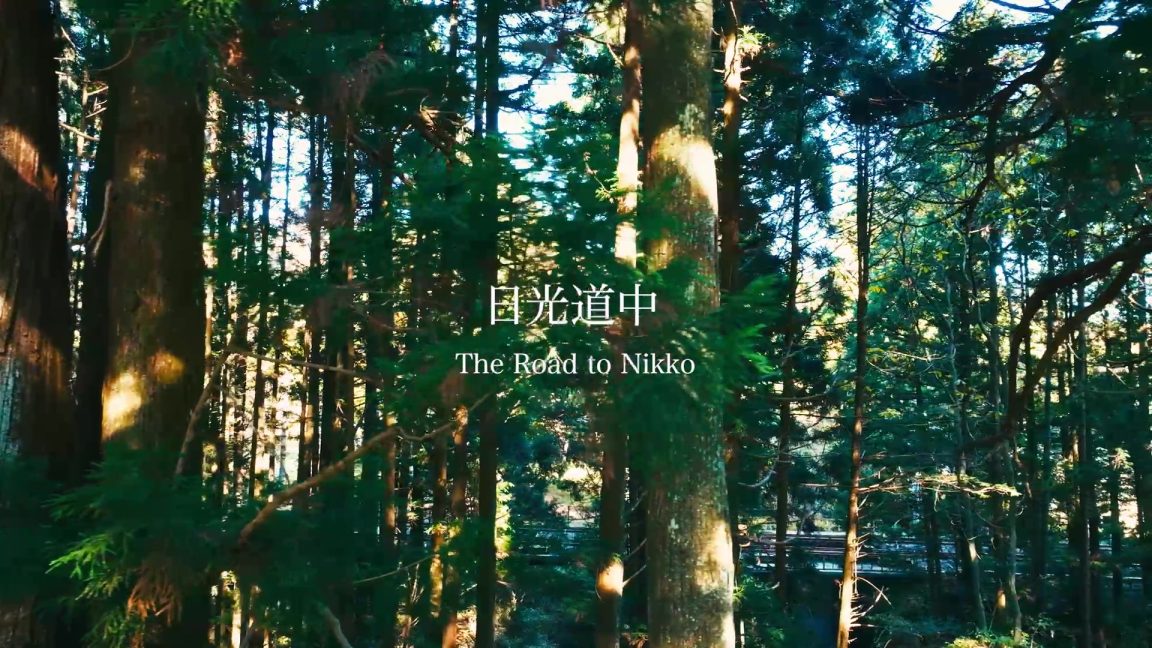
Video content about the history, culture and nature of Tochigi Prefecture. The film is also available on the SHUGYOKU website, and can also be viewed on the big screen in the museum’s auditorium.
*Showing times are irregular
Visitors can view high-resolution images and 3D content from the Tochigi Digital Museum SHUGYOKU on a 70-inch large screen with a resolution equivalent to 8K.
*Screens are operated by curators and other staff

Visitors can use their own smart phones or other devices to view AR content superimposed on the exhibits of the Tochigi Prefectural Museum. Visitors can view a simulation of the ecology of animals that they do not usually have a chance to see, such as the flying squirrel and serow.
*Wi-Fi is available throughout the building.
Tochigi Prefecture has prospered as an important transportation hub for people and goods since ancient times. During the Edo period, the “Nikko Dochu” (present-day Nikko Kaido) was built from Nihonbashi to Nikko as one of the Gokaido (five major roads leading to Edo). This highway route became very busy as it was used for the transportation of people and goods, including visits to Nikko Shrine by the Shogun and pilgrimages to Nikko by ordinary citizens.
Even today, Utsunomiya and Nikko boast convenient access from the Tokyo metropolitan area, and with the Shinkansen bullet train, private railways, and expressway network in place, the area is very convenient for both sightseeing and business.
However, it has been observed that many visitors travel directly to Nikko rather than traveling along the Nikko Kaido, which includes cultural assets reminiscent of a bygone era, such as the Cedar Avenue of Nikko, which is the only road in Japan that has been designated as both a special historic site and a special natural monument and has even been listed in the Guinness Book of World Records. As such, it is an issue that valuable historical landscapes are still not widely known.
Therefore, in cooperation with private operators, We have developed and are selling the “Nikko Suginami Ticket,” a special ticket for bus routes that pass through the Nikko Kaido, as well as cycling tours. We hope that visitors will use these tickets to experience the charms of the old highway, including the Cedar Avenue of Nikko.
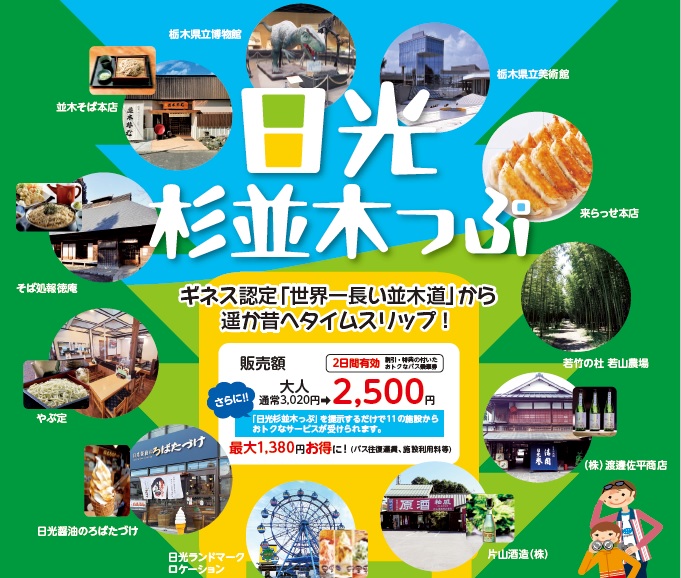
A special ticket (valid for two days) for unlimited rides along the route from the west exit of JR Utsunomiya Station to Nikko Toshogu Shrine. Discount services at facilities along the route such as reduced entrance fees to the Tochigi Prefectural Museum and Tochigi Prefectural Museum of Fine Arts are also included in the ticket.

Bicycle tours which include the Prefectural Museum and the Cedar Avenue of Nikko.